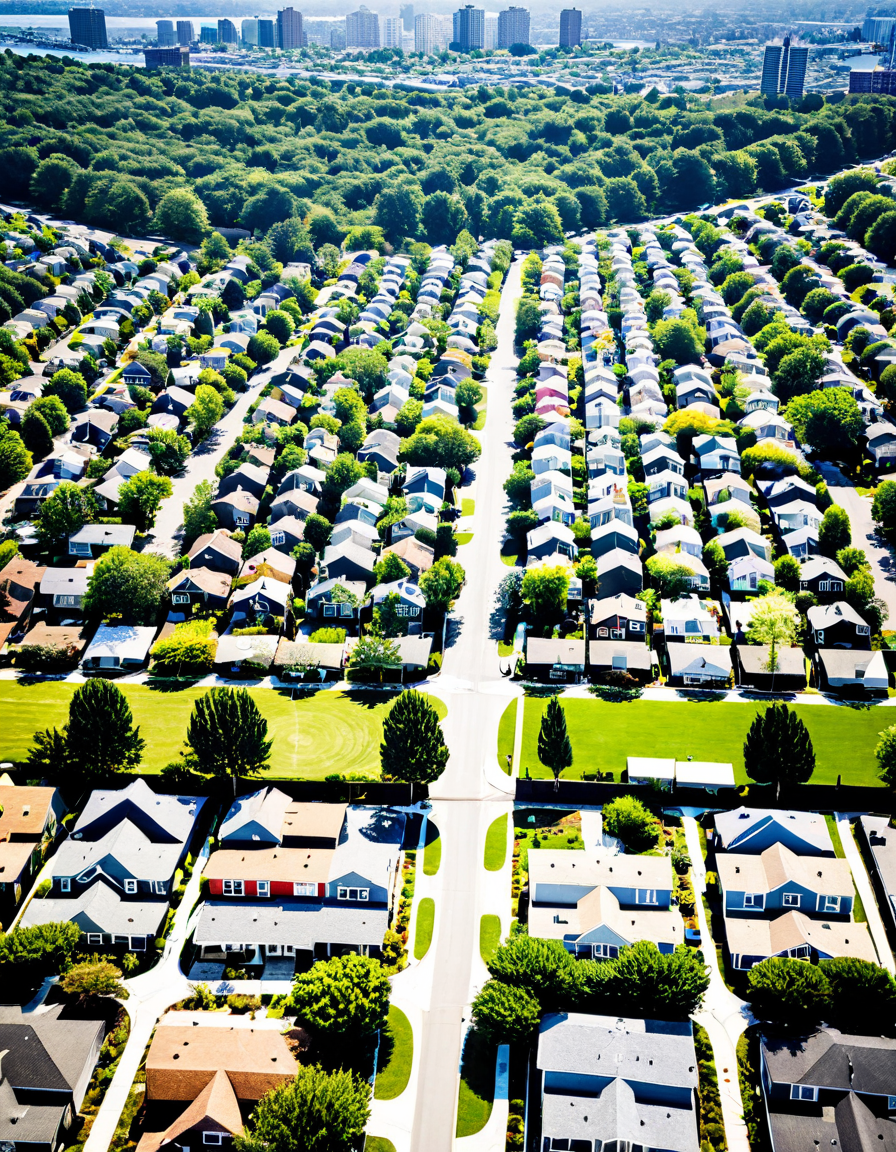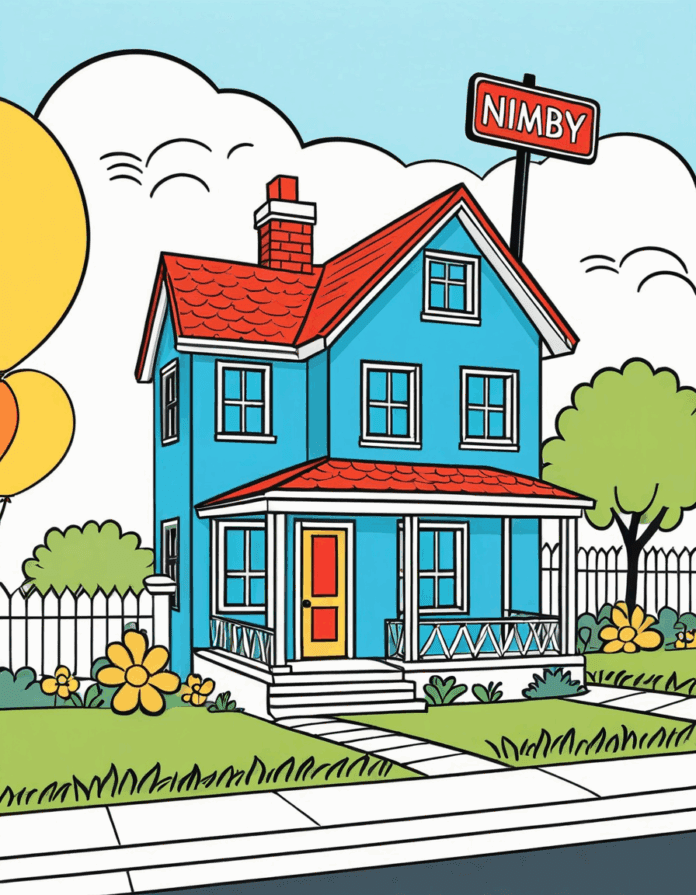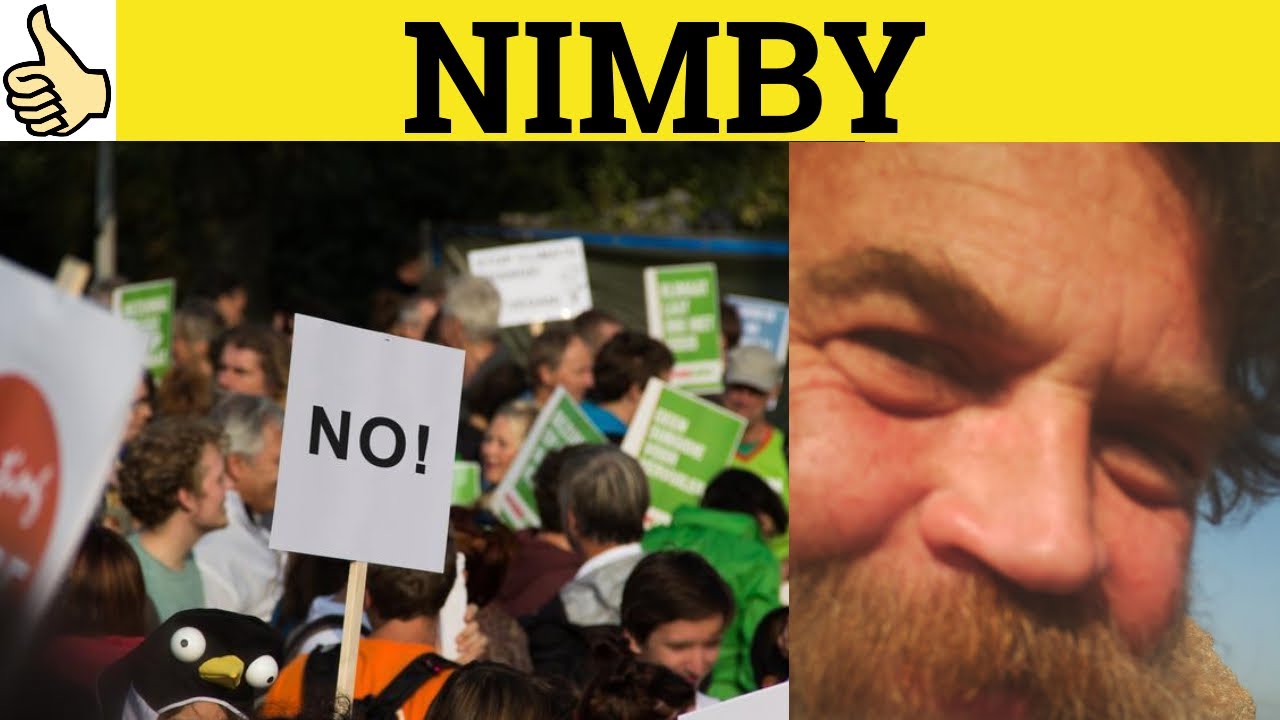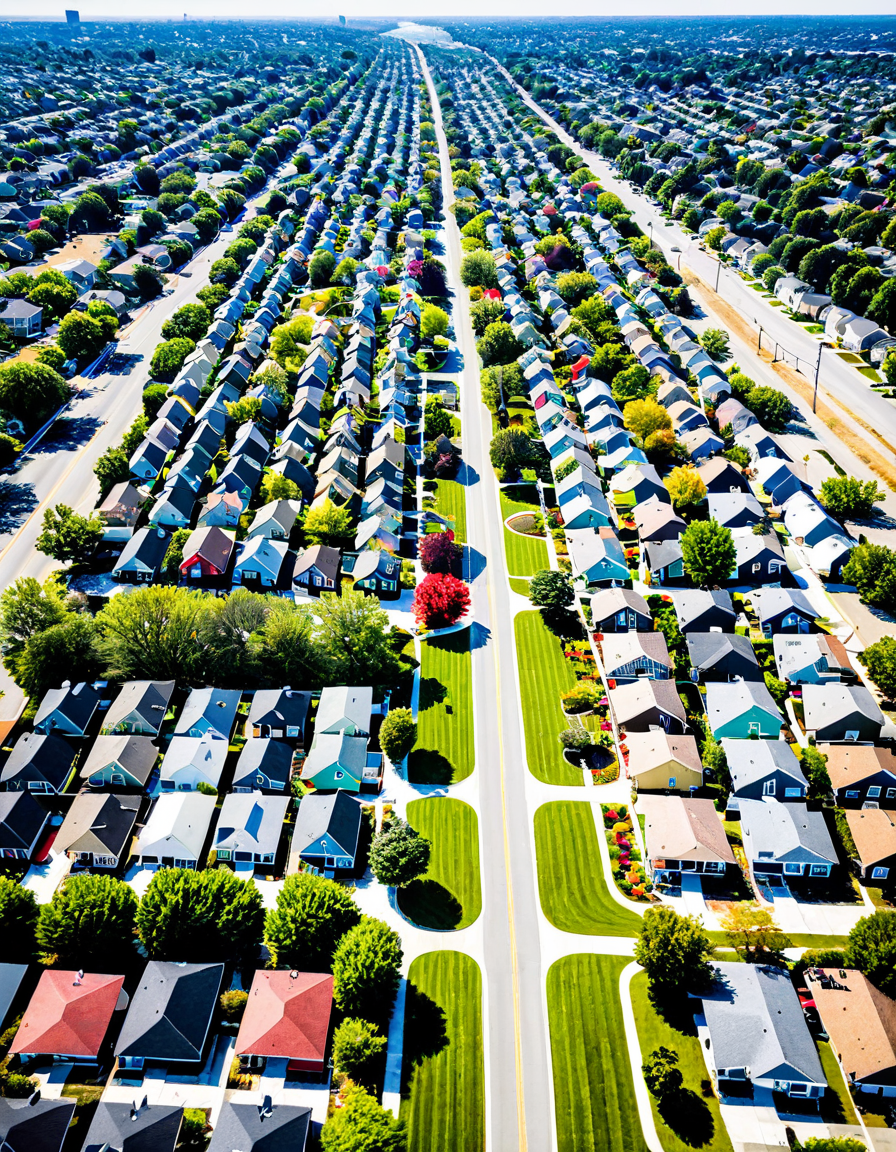
The term NIMBY, or “Not In My Back Yard,” encapsulates the resistance some communities demonstrate against certain developments close to their homes. Whether it’s affordable housing, community parks, or renewable energy projects, residents often oppose these initiatives in their neighborhoods while supporting similar projects elsewhere. This tendency stems from concerns over property values, safety, and how these changes might alter the look and feel of their communities.
Understanding NIMBY meaning is essential, especially when it comes to community growth. The push and pull between wanting progress and holding onto the status quo creates a challenging environment for developers and city planners. As we dive into the various ways this resistance shapes community dynamics, we’ll explore real-life examples and the intricate motivations behind NIMBYism.
Top 7 Ways NIMBYism Shapes Community Growth
Affordable housing projects frequently face fierce opposition, particularly in affluent places like Gallatin, TN. Residents in these areas often argue that the introduction of such developments threatens the character of their neighborhoods. This resistance highlights nimby meaning, showing how fear of decreased property values often trumps compassion for those in need of housing. The debate isn’t simple; it reflects broader societal divides about wealth distribution and community responsibility.
The boom of short-term rental services, such as Airbnb, has sparked NIMBY sentiments in various communities. In cities like Nashville, homeowners oppose these listings due to concerns about noise, parking, and the transient behavior of guests. This backlash can stifle tourism, which might otherwise bring economic benefits. It’s a classic case of wanting a piece of the pie while not wanting to share the table.
Parks and recreational spaces often spark heated debate. When municipalities propose creating new parks, NIMBYism can rear its head. Residents might argue that these spaces could attract crime or disrupt the tranquility of their neighborhoods. Yet, studies have shown that investing in community spaces typically boosts property values over time. So, while resistance to new parks might seem rooted in preserving comfort, it may ultimately undermine long-term community interests.
The push for renewable energy is gaining traction, but not without the NIMBY roadblocks. In regions like the Midwest, plans for wind farms and solar energy installations often meet local resistance due to concerns about aesthetics, noise, and impacts on wildlife. This opposition presents significant hurdles for achieving state and national energy goals. Essentially, communities must grapple with the balance between progress and preserving local ambience.
ADU meaning involves small housing units that exist alongside primary residences. Although they offer affordable living options, these secondary units often encounter opposition from neighbors who fear overcrowding and declining property values. Conversely, advocates stress that ADUs bring diversity to communities and help combat rising housing costs. It’s a classic clash between accepting change and preserving the familiar.
The influence of homeowners’ associations can mirror NIMBYism in their policies. HOAs often prioritize maintaining a certain image of neighborhood aesthetics, while also pushing back against new developments or changes. For instance, in areas like St. Johns County, Florida, HOAs may impose restrictions that limit growth, further entrenching NIMBY sentiments. This leads to a unique dynamic where community desires for exclusivity sometimes conflict with the broader need for growth.
Understanding cultural terms like lanai meaning—a type of porch associated with outdoor living—can shed light on the sensitivities that fuel NIMBYism. Concepts from different regions, such as the term selah meaning in some communities, showcase the importance of social connections and local culture. When NIMBY attitudes prioritize individual concerns over community benefits, they risk breaking down the cultural fabric that binds neighborhood life together.
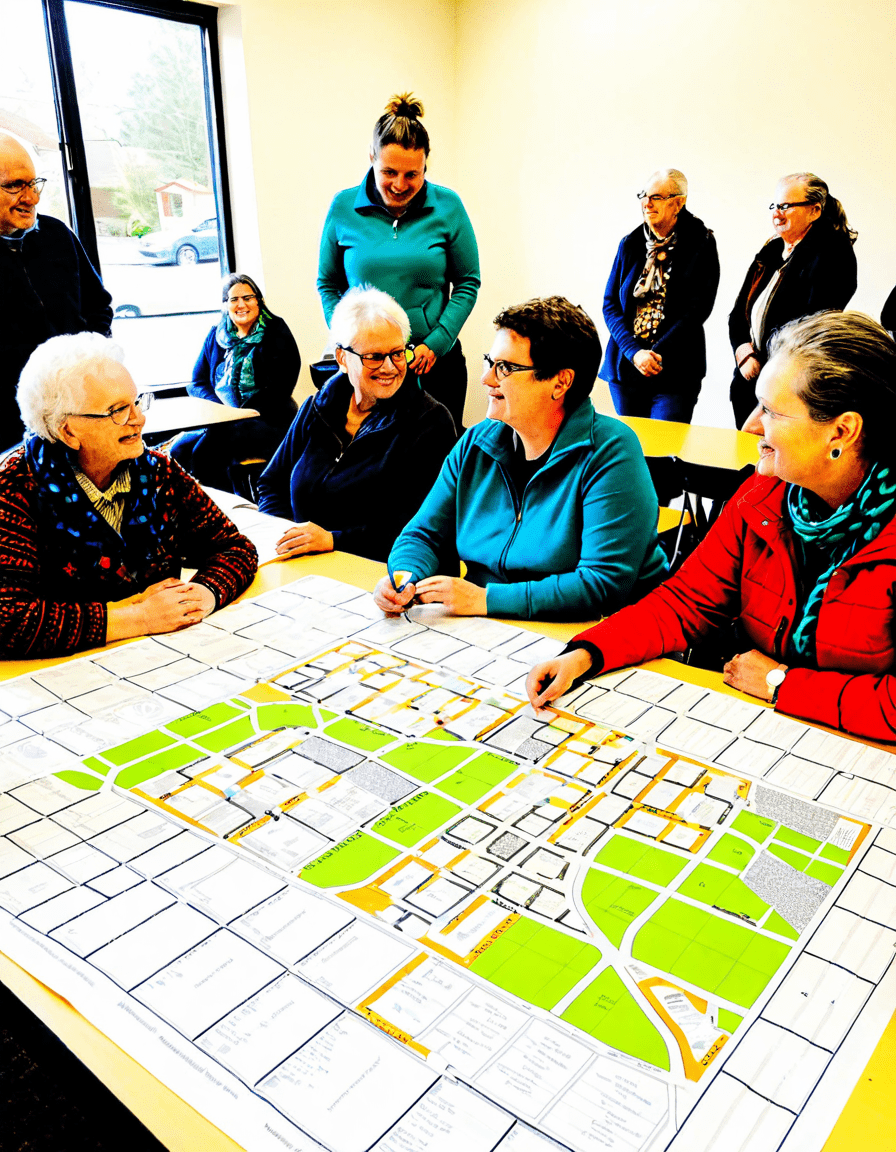
The Underlying Effects of Escrow Meaning in Real Estate Dynamics
In real estate, escrow meaning refers to the neutral holding of funds and documents until specified conditions are fulfilled. However, NIMBYism can complicate these transactions. When proposed developments face local opposition, properties in high-NIMBY areas may linger in escrow for extended periods. This uncertainty can deter potential buyers and investors, stalling growth and making it harder for the community to evolve.
Recognizing NIMBYism’s impacts extends beyond local disputes; it also influences real estate transactions, urban planning, and future community development. As these dynamics unfold, fostering meaningful dialogue between developers and community members becomes critical. Open forums and community meetings can bridge gaps between residents’ concerns and the necessity for growth while respecting collective interests.
Navigating community desires for stability while addressing the inevitability of change creates ongoing tensions. Innovative solutions in urban design, policy-making, and inclusive community engagement will be essential for reconciling these conflicting interests. Ultimately, understanding and addressing NIMBY sentiments will shape the future of community development, paving the way for strategies that genuinely meet everyone’s needs.
In conclusion, the resistance encapsulated in NIMBY meaning is not merely a hurdle to overcome; it reflects deeper societal needs and concerns that must be acknowledged and engaged. As communities evolve, striking a balance between preserving cherished elements and embracing change will be crucial for sustainable development and growth.
Nimby Meaning and Its Impact on Community Growth
When discussing nimby meaning, it’s fascinating to note that this term, short for “Not In My Backyard,” reflects a social phenomenon that dates back to the late 20th century. Essentially, it describes the reluctance or outright opposition of residents to have certain developments—like housing projects or infrastructures—near their homes. Interestingly, as urban areas like St. Johns county , Florida expand, nimbyism can significantly influence community growth and planning. People often feel a strong connection to their neighborhoods, wanting to keep them cozy and familiar, yet they may be blind to the broader benefits of new developments.
Let’s sprinkle some trivia into the mix! Did you know that nimbyism isn’t just confined to housing? It can pop up around anything from parks to airports, and even public services. Take Hector International airport as an example. Some folks might resist expansions or flights right over their homes, fearing noise or decreased property values. And speaking of properties, cities like Edwardsville , Il often face the nimby hurdle when proposing new public facilities. The tug-of-war between the need for growth and the comfort of existing residents is a relatable dilemma.
On a lighter note, the idea of nimby can be amusing when applied to unexpected topics. For instance, I wonder if fans of Final Fantasy 7 Rebirth would feel the same protective urge if a major gaming event was set in their hometown. Sometimes, you have to chuckle at the irony of folks championing sustainability while refusing a green initiative because it might impact their view. Similarly, imagine how local celebrities like Rener Gracie tackle this issue when their homes become targets for development or redevelopment.
In communities like Winnetka, nimbyism can seem like a double-edged sword. While residents may be fending off unwanted changes, they might also be blocking amenities that could enhance their lifestyle. It’s a delicate balance that often requires more than just opposing voices; it demands community dialogue. Like the catchy tunes of Easton Corbin that bring people together, sometimes all it takes is a little communication to find common ground. And in the case of figures like Donavon Warren and Micheal Ward, local icons often play a significant role in shaping the community spirit, potentially swaying public sentiment on development issues.
Understanding nimby meaning is more than just a fleeting thought; it’s a vibrant part of how communities evolve. As we look to the future, it’s essential for residents to weigh their concerns against the common good, and perhaps embrace a little more openness in their neighborhoods.
